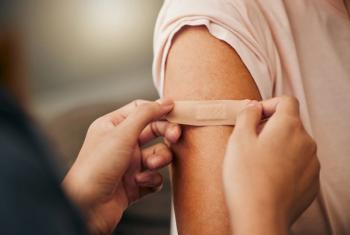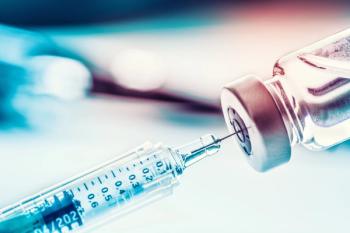
Mastering the language
Pediatricians can still ensure quality patient care and optimal outcomes even after they realize that caretakers cannot process basic health information.
Key Points
If a father gives twice the recommended dose of infant acetaminophen because he doesn't understand how to read the label; if a mother cannot interpret a digital thermometer when her newborn has a fever; or if a grandmother doesn't understand how to mix formula correctly, a child's health can be greatly compromised.
For each of these children, low health literacy is a limiting factor for quality health care. By understanding what is currently known about health literacy and by taking practical steps to improve communication during a clinical encounter, pediatric providers can collaborate with patients and their families to improve health care for their children.
What is health literacy?
In order to provide high-quality health care, providers should recognize that low health literacy is more than an abstract concept. Patients with low health literacy have worse health outcomes, which are attributable in part to their difficulty in interpreting health labels and educational materials, their difficulty in understanding how to take their medications, their limited knowledge of their medical conditions, and their difficulty in performing health-related tasks.4-6 Low health literacy is also associated with more hospitalizations, lower access to preventive care, and higher mortality rates.6 These associations remain significant even after controlling for multiple factors such as education level, income, insurance status, and baseline health status. Recent evidence suggests that health literacy may also be an important contributor to health disparities.7,8
Poor literacy and health literacy in the United States
Low health literacy affects nearly 80 million US adults.6 The 2003 National Assessment of Adult Literacy (NAAL) surveyed 19,000 people and found that only 11% of adults have proficient health literacy skills, and 14% of adults have below-basic health literacy.9,10
Low health literacy is also an issue for children and their caregivers. Although measuring health literacy in children is challenging, a recent review of literature identified 15 studies that included teenagers from diverse ethnic backgrounds and socioeconomic situations. This review found that the prevalence of low health literacy for teenagers is between 17% and
40%, often characterized by a below-ninth-grade reading level.11
Certain characteristics make people more likely to have limited health literacy. The NAAL identified several background factors for low literacy, including low socioeconomic status, minority racial or ethnic status, limited proficiency in the English language, and lower levels of educational attainment.10
When looking at caregivers of children specifically, another study identified 3 factors that were associated with low health literacy: having less than a high school education, having limited English proficiency, and having parents who were born outside the United States.13 In fact, parents with less than a high school education are 8 times more likely to have low health literacy, and parents with limited English proficiency are 18 times more likely.12
Newsletter
Access practical, evidence-based guidance to support better care for our youngest patients. Join our email list for the latest clinical updates.










